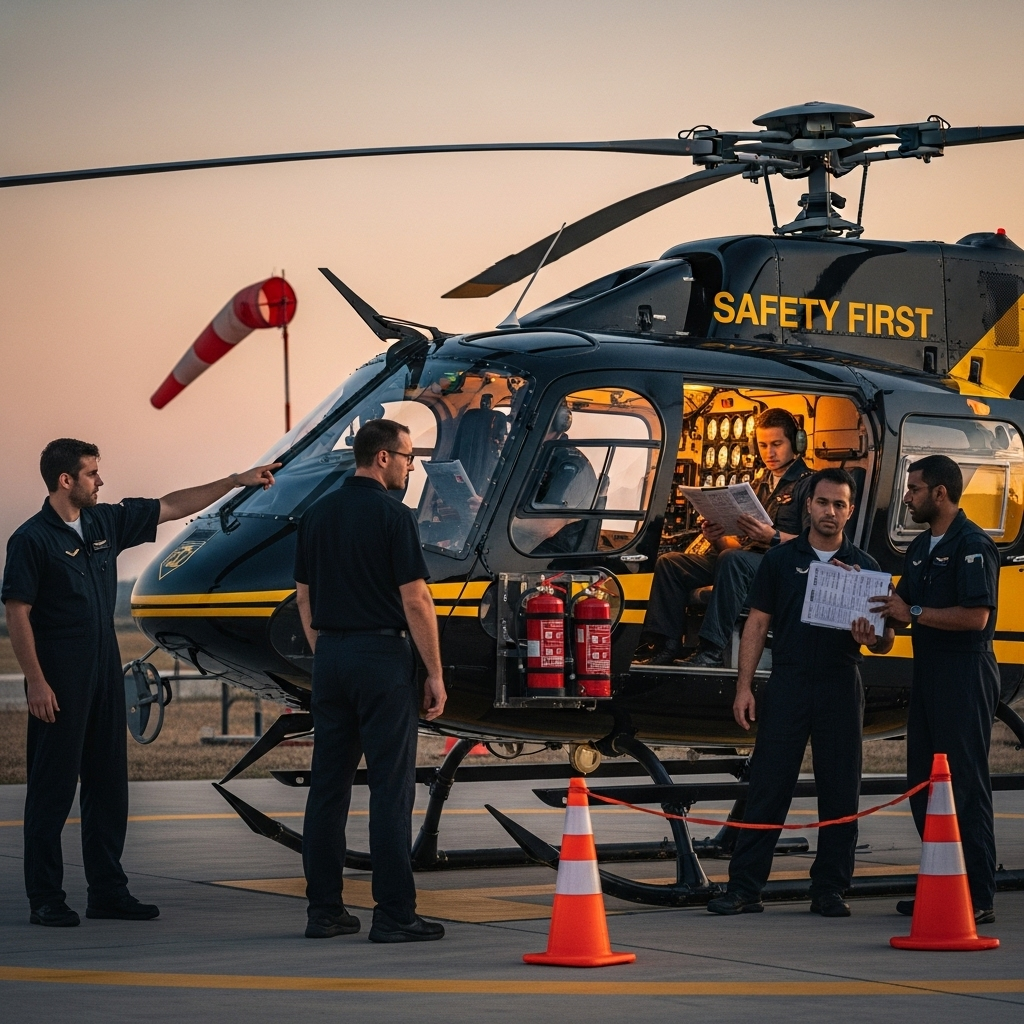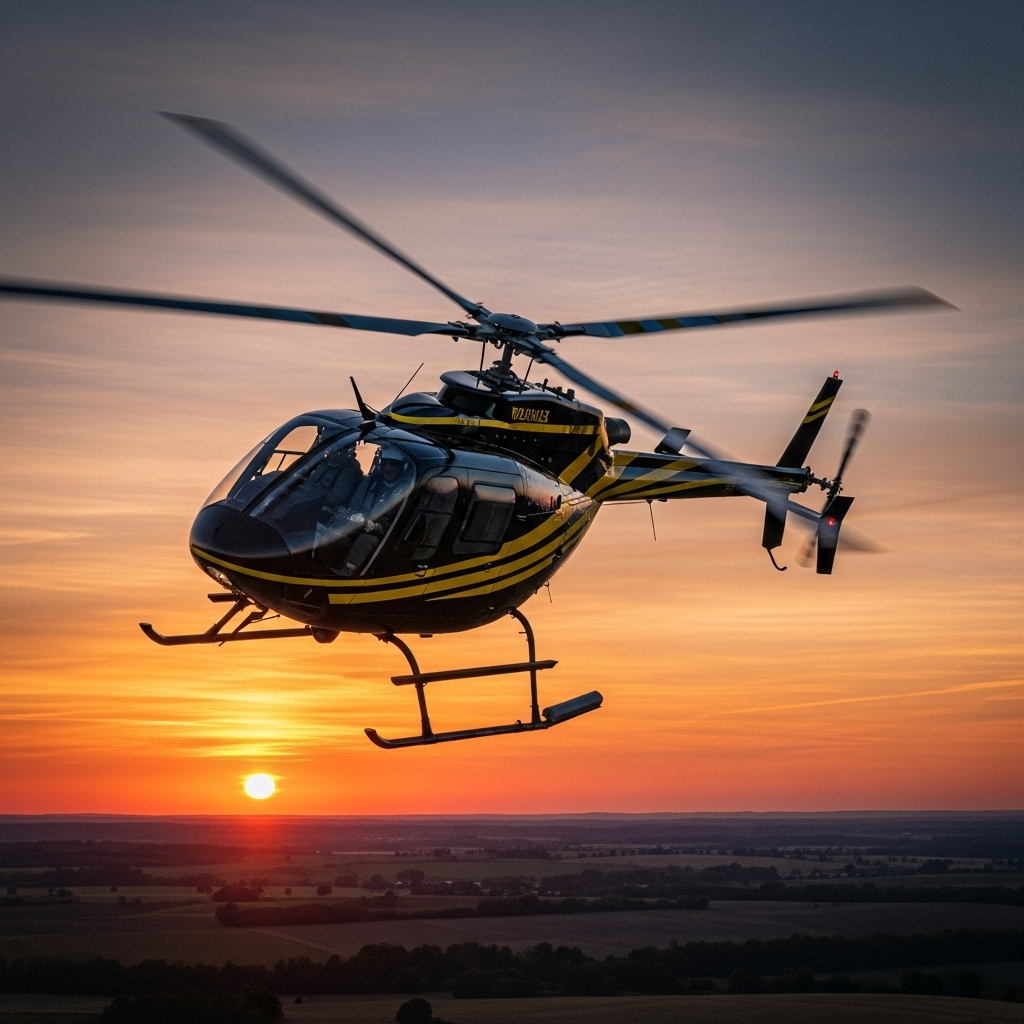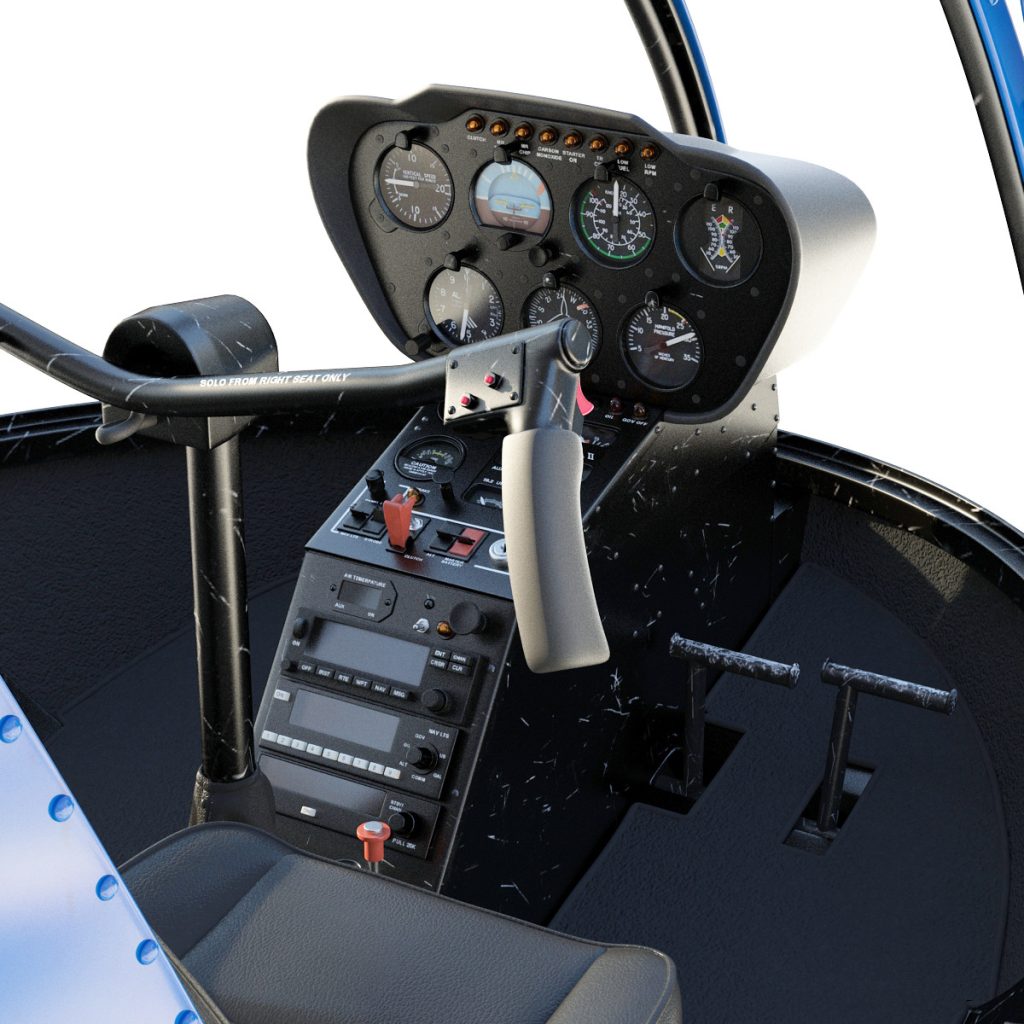Night helicopter flying presents a unique set of challenges and considerations that require meticulous preparation, heightened awareness, and adherence to safety protocols. Operating in low-light conditions demands specialized skills and equipment to ensure safe navigation and effective decision-making. This article explores the key safety tips and considerations for pilots undertaking night helicopter missions, focusing on understanding the environment, thorough pre-flight preparations, navigational techniques, and emergency procedures to promote safe and efficient operations after dark.
Understanding the Unique Challenges of Night Helicopter Operations
Night helicopter operations introduce complexities that are not typically encountered during daytime flights. Reduced visibility, the absence of natural visual references, and the reliance on artificial lighting increase the risk of spatial disorientation and collision. Pilots must contend with limited depth perception and peripheral vision, which can impair judgment and situational awareness. Furthermore, environmental factors such as darkness, shadows, and changing weather conditions can obscure obstacles and terrain features. Recognizing these challenges is crucial for pilots to adapt their flying techniques, maintain heightened vigilance, and utilize appropriate instruments and lighting systems to navigate safely through the night sky.
Essential Pre-Flight Planning and Equipment Checks for Night Flights
Thorough pre-flight planning is vital for night helicopter flights to mitigate risks associated with low-light conditions. Pilots should review detailed weather forecasts, paying particular attention to visibility, wind, and potential hazards such as fog or precipitation. Ensuring all navigational aids, lighting systems, and communication equipment are fully operational is essential. This includes verifying the functionality of instrument panels, external lighting, and emergency locator transmitters. Conducting a comprehensive aircraft inspection before departure helps identify any mechanical issues that could compromise safety during night operations. Adequate planning and equipment checks help establish a solid foundation for a safe flight, reducing the likelihood of unforeseen complications once airborne.
Navigational Techniques and Visual Cues During Night Helicopter Flying
Navigating at night relies heavily on a combination of instrument readings and visual cues, both of which require skillful interpretation. Pilots should utilize navigational aids such as GPS, VOR, and radar systems to maintain accurate course tracking, especially when visual references are scarce. Visual cues like city lights, illuminated landmarks, and terrain features can assist in orientation, but pilots must be cautious of misleading lights or shadows that can create illusions. Maintaining a safe altitude to avoid obstacles and ensure clear lines of sight is essential. Effective scanning techniques—such as systematic eye movements and cross-checking instruments—are crucial for detecting potential hazards and maintaining situational awareness during night flights.
Safety Protocols and Emergency Procedures for Nighttime Helicopter Missions
Adherence to established safety protocols is vital for managing risks during night helicopter operations. Pilots should conduct detailed briefings on emergency procedures, including engine failure, autorotation, and loss of visual references. Maintaining communication with air traffic control and flight partners enhances safety and provides support in case of emergencies. Using external and internal lighting appropriately helps in visibility and signaling, while continuous monitoring of instruments ensures early detection of mechanical issues. In the event of unforeseen circumstances, pilots must prioritize maintaining control, executing emergency procedures confidently, and following predetermined protocols. Regular training and simulations for night emergency scenarios are also recommended to ensure preparedness and swift response during actual incidents.
Night helicopter flying demands a comprehensive understanding of its unique challenges, rigorous pre-flight preparations, precise navigation, and strict adherence to safety procedures. By prioritizing these considerations, pilots can significantly enhance safety and operational success during nocturnal missions. As with all aviation activities, continuous training, vigilance, and adherence to best practices are essential to navigate the complexities of night operations effectively.


